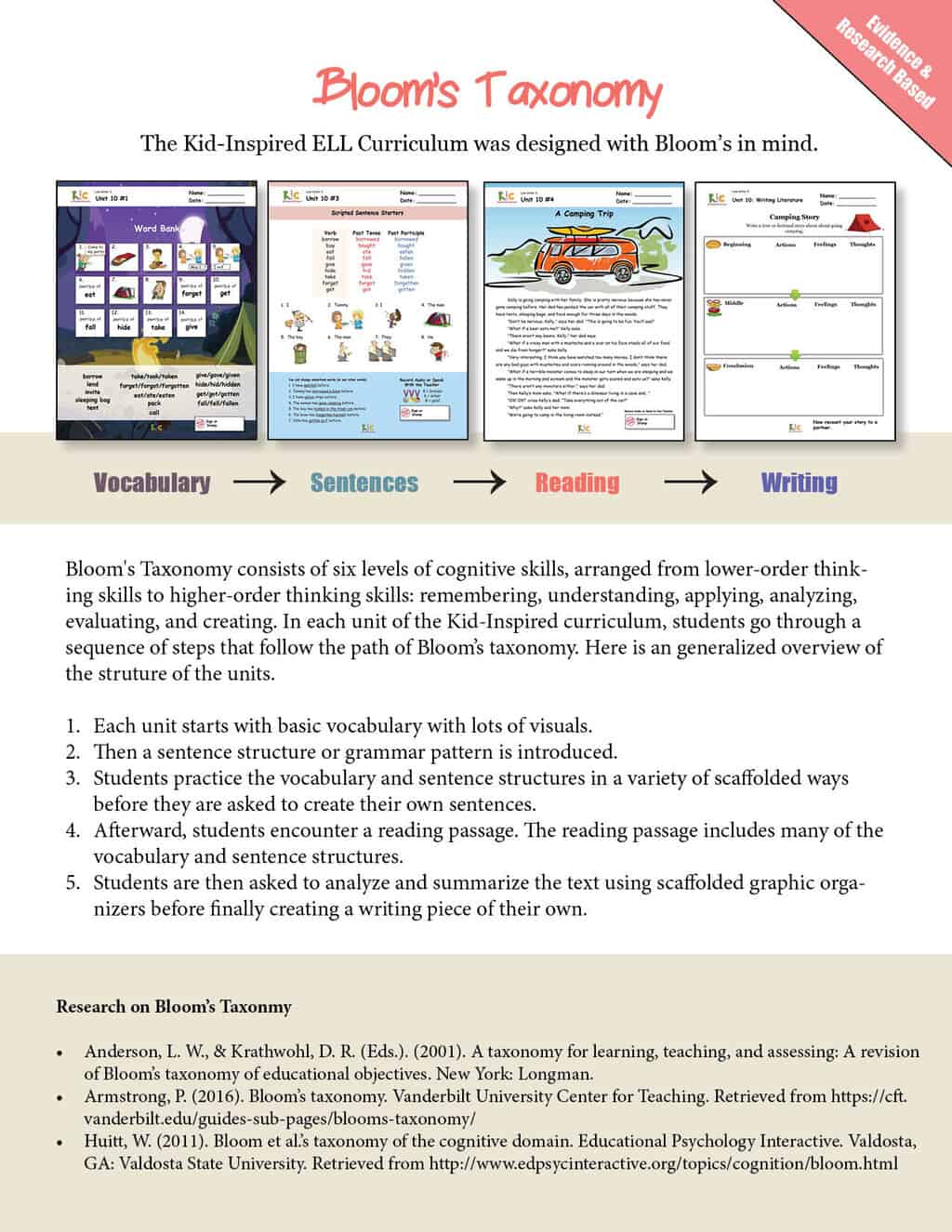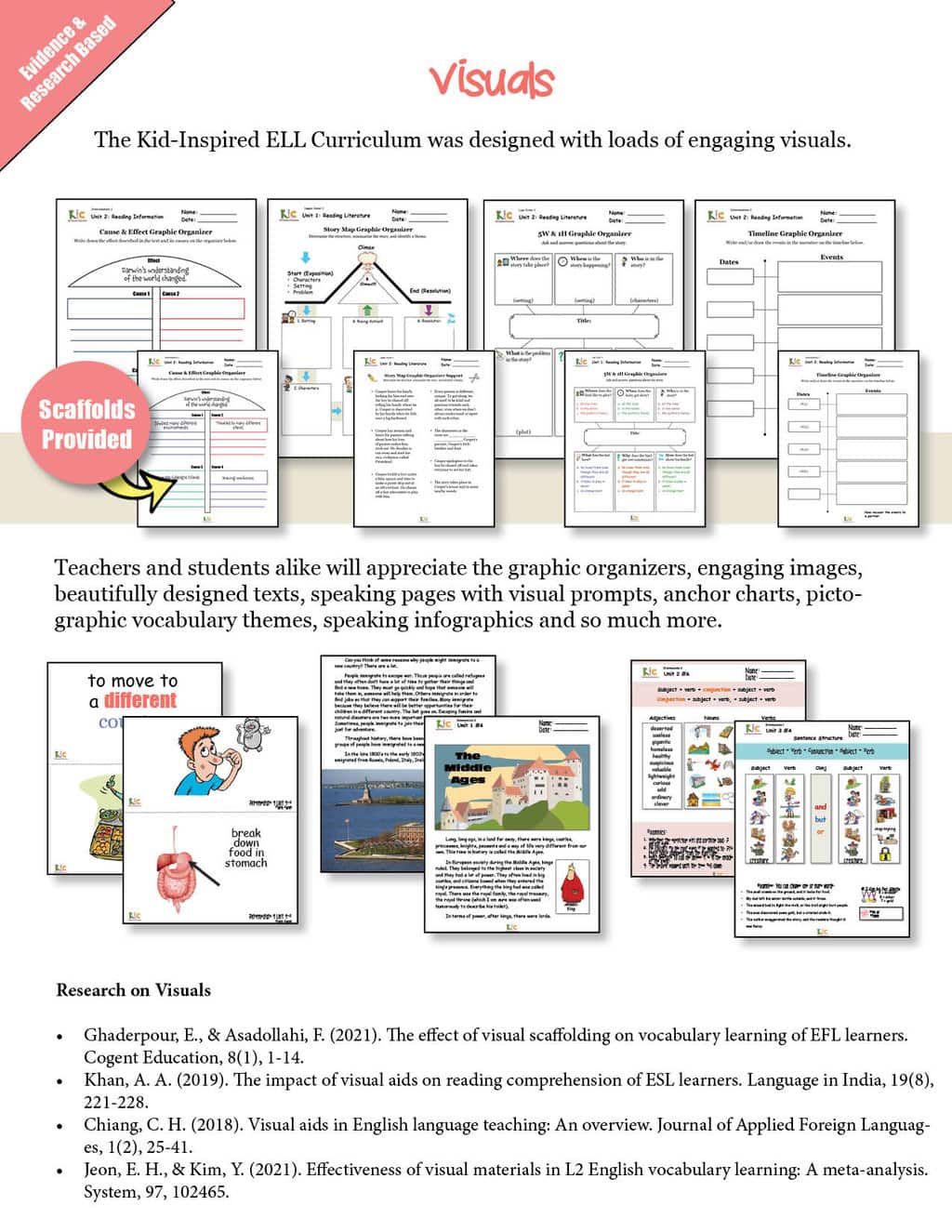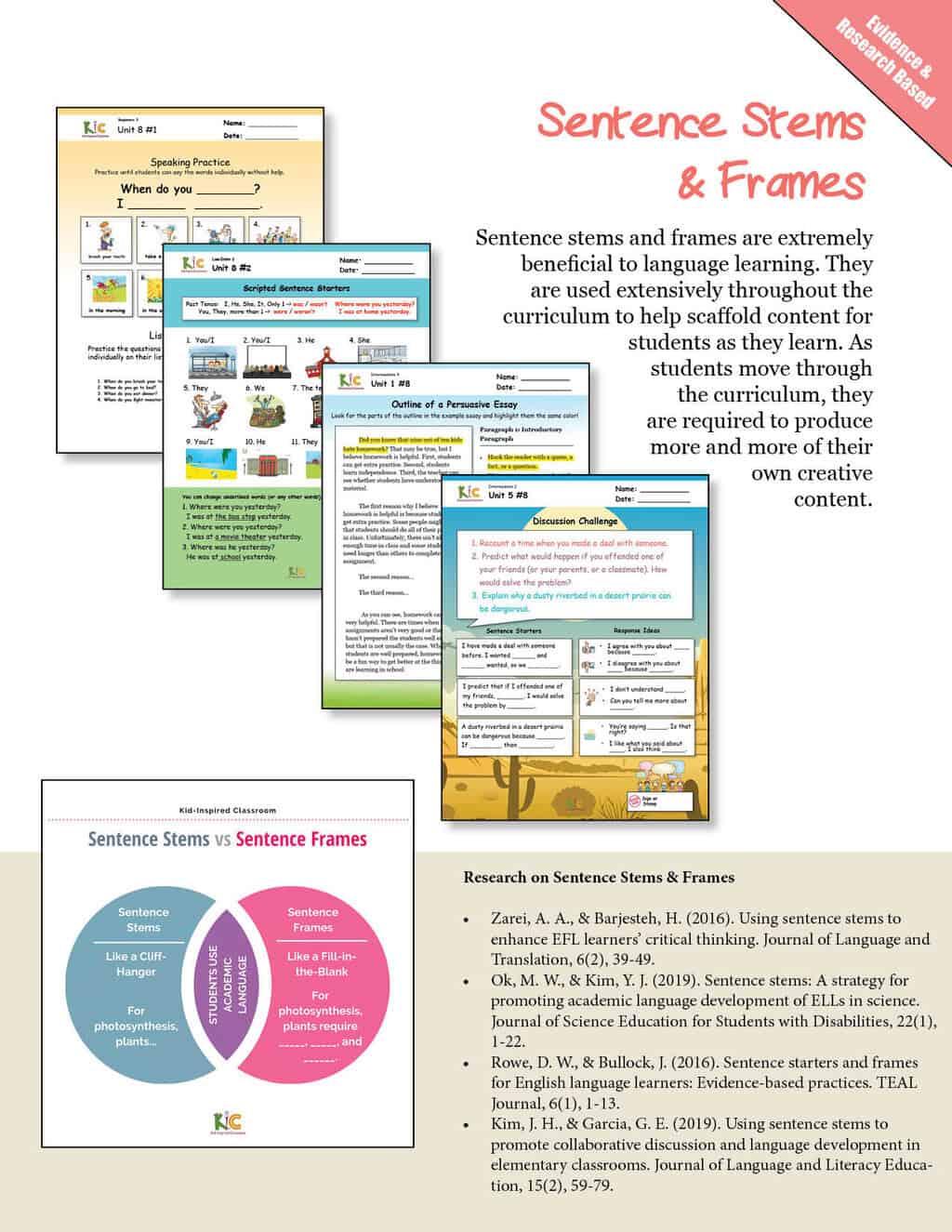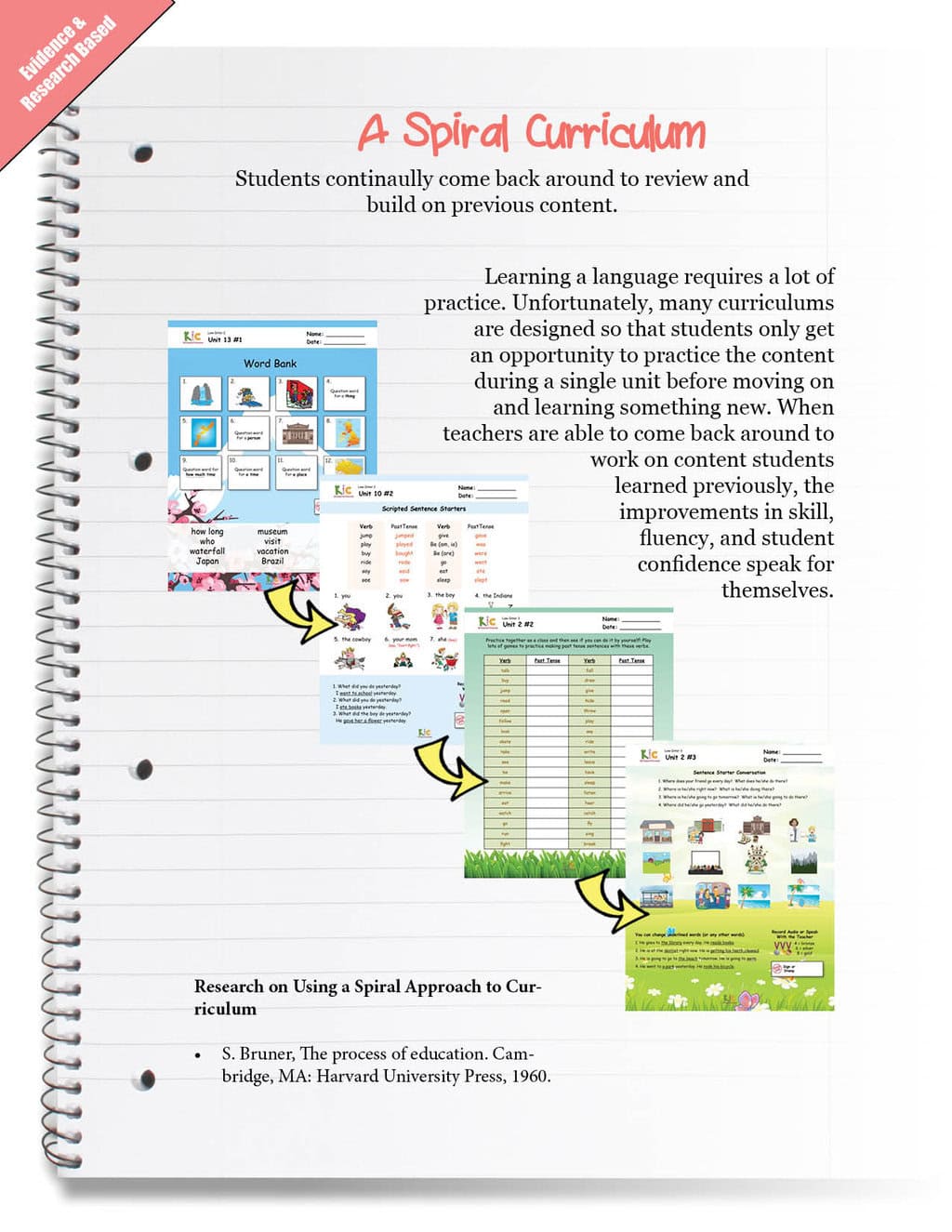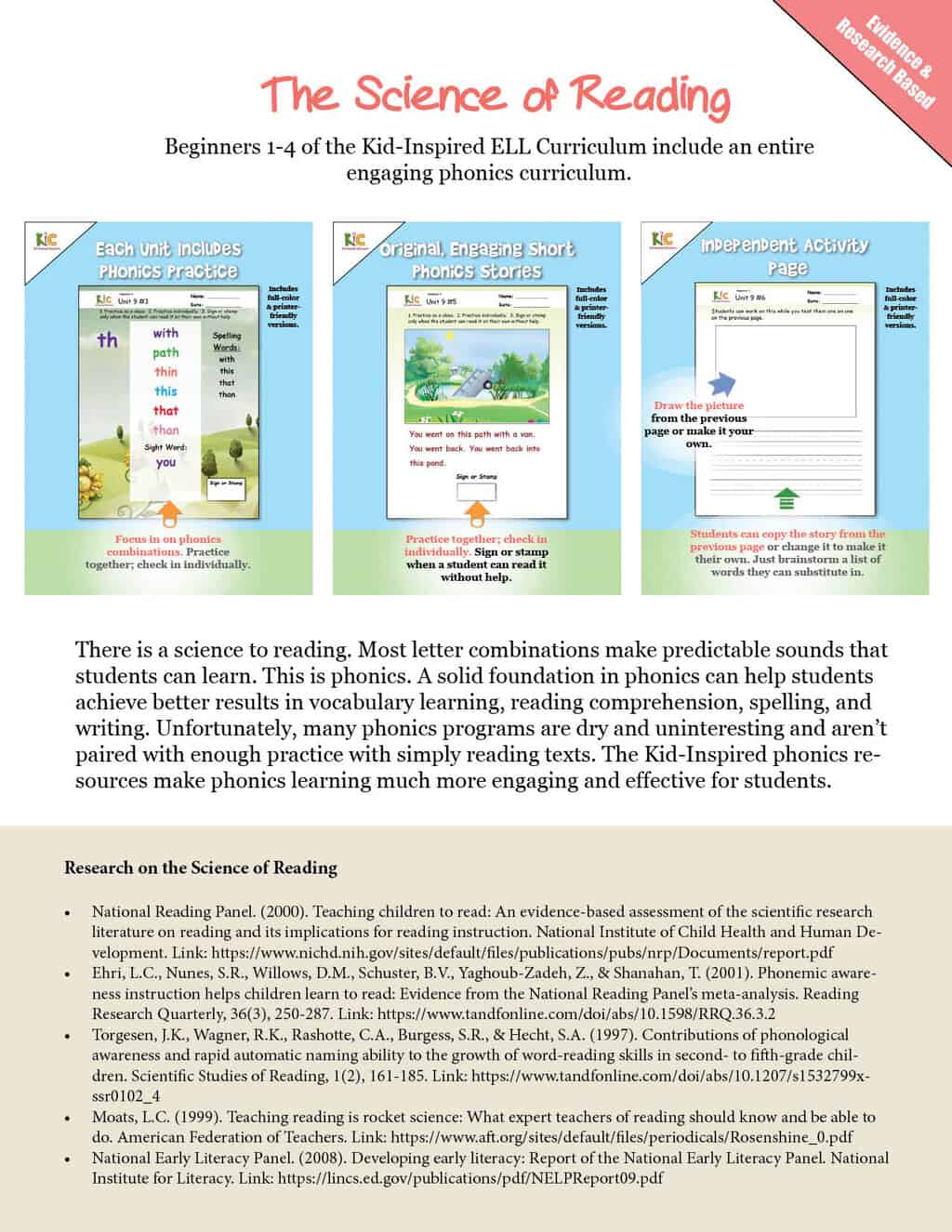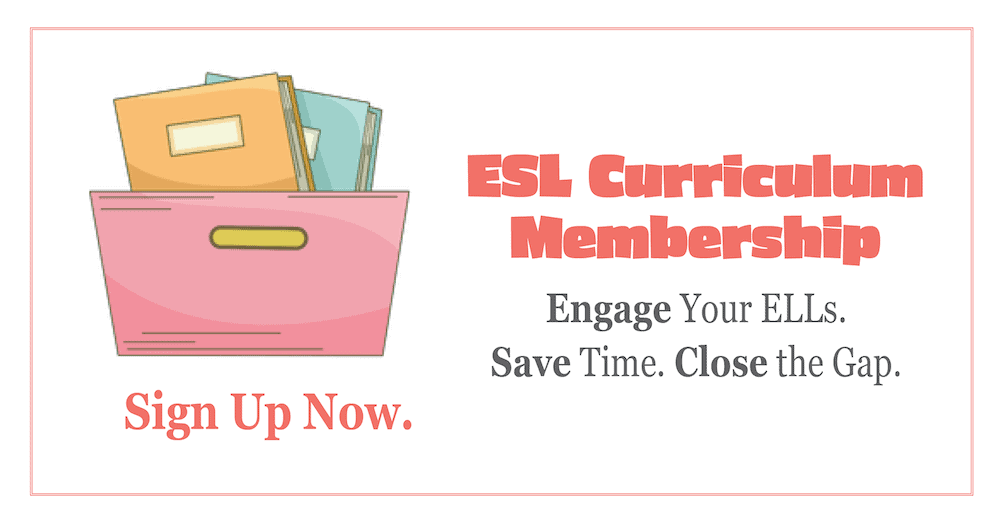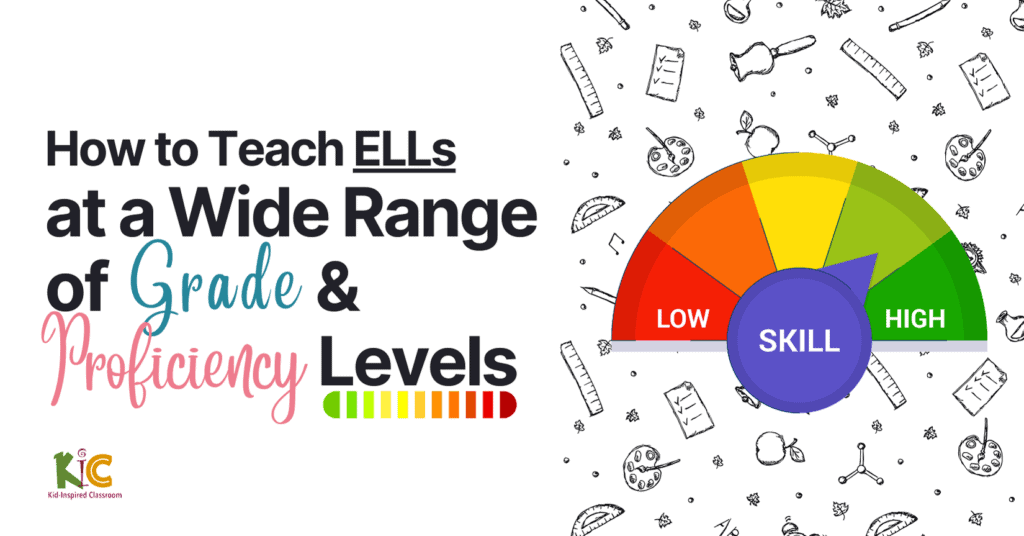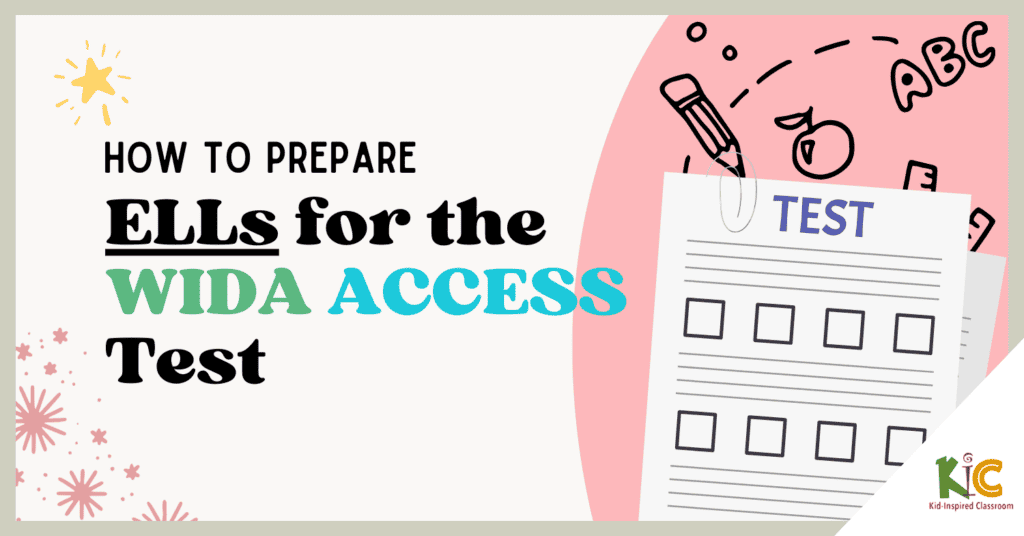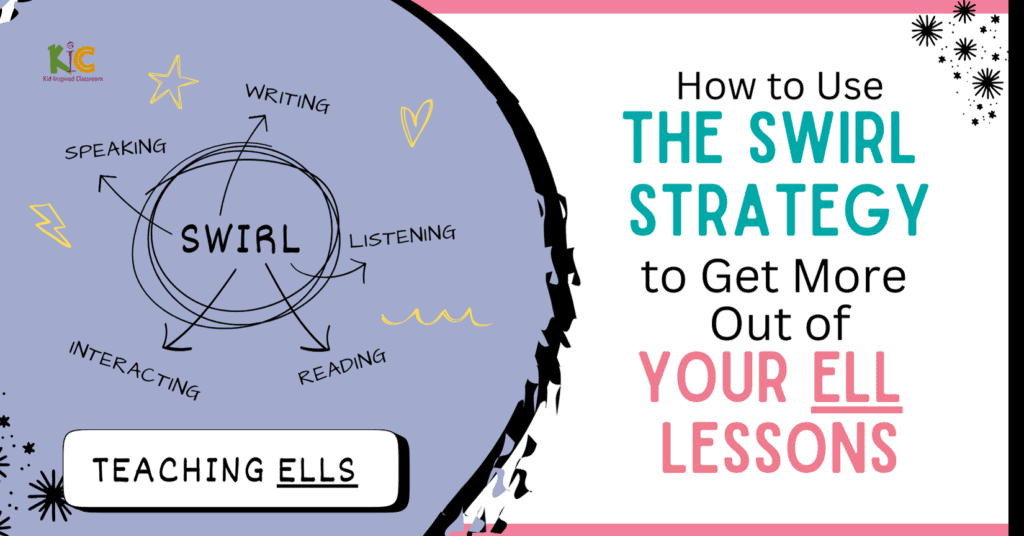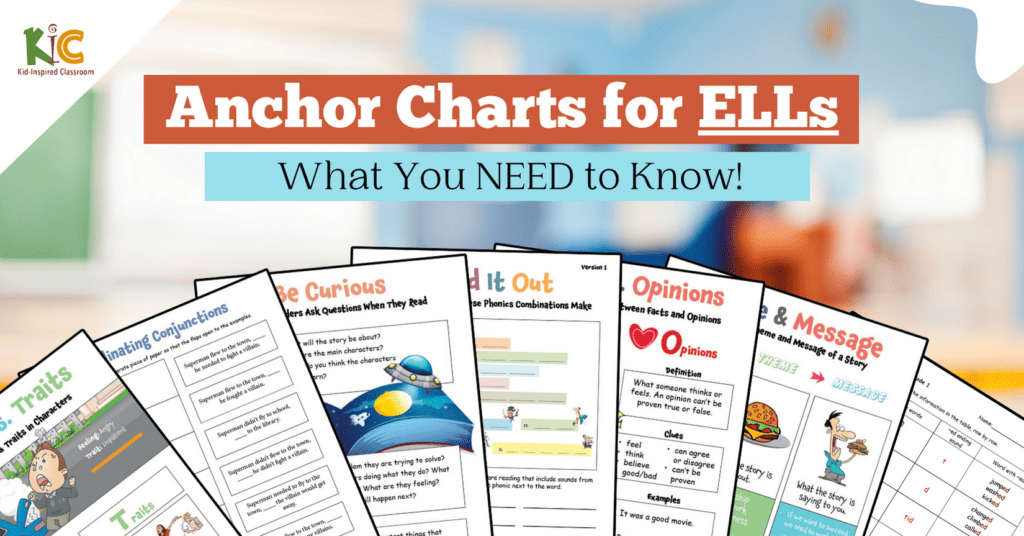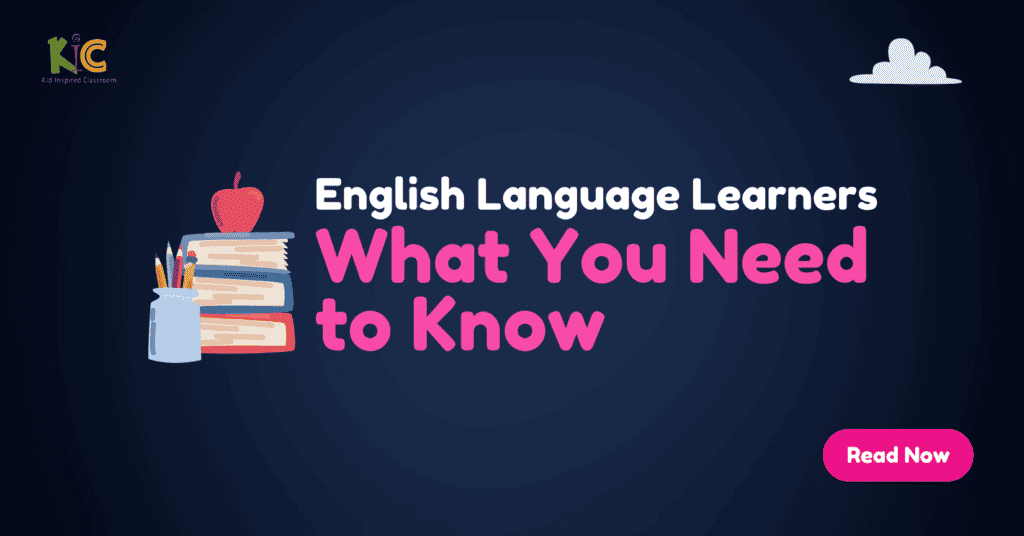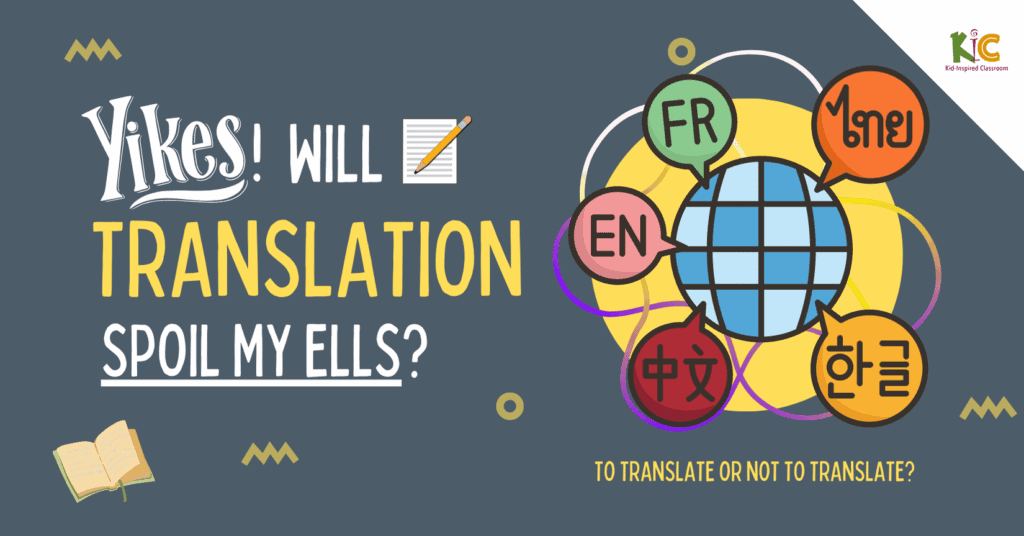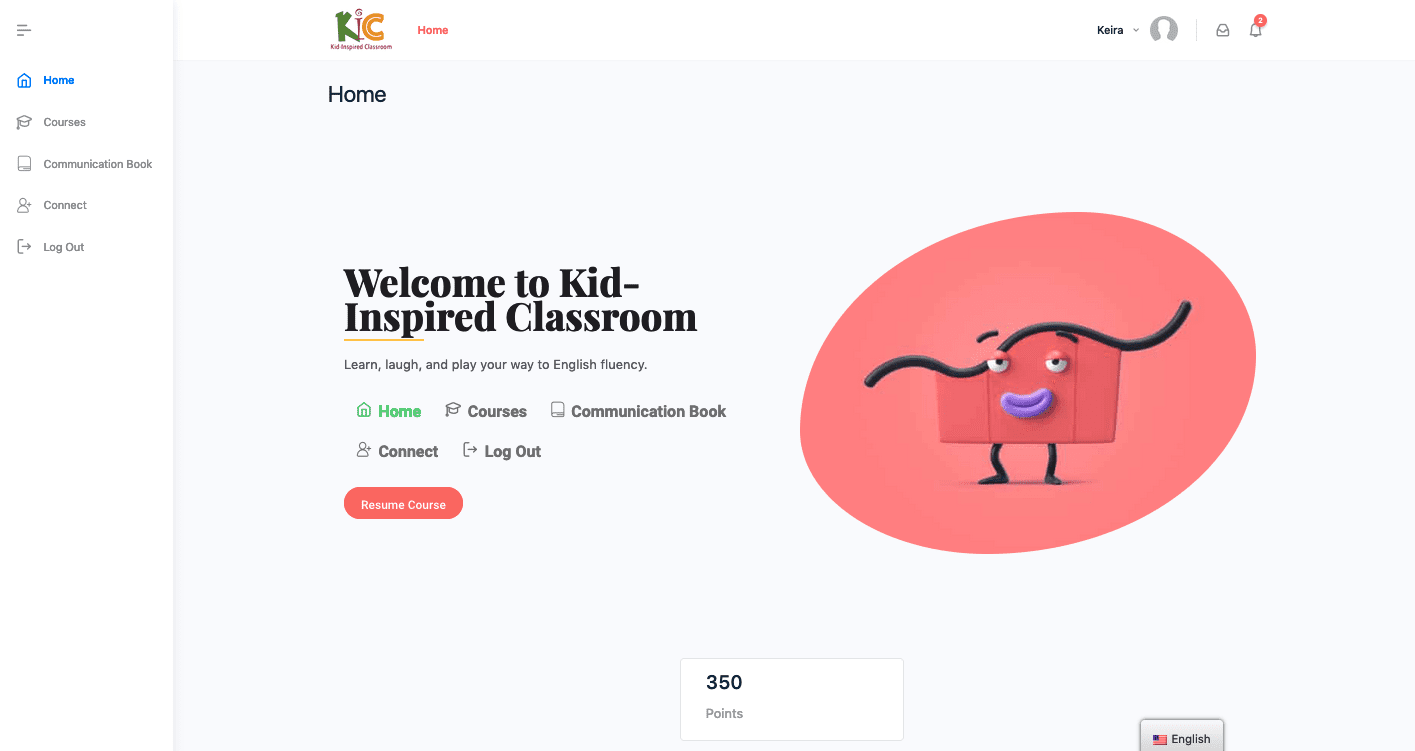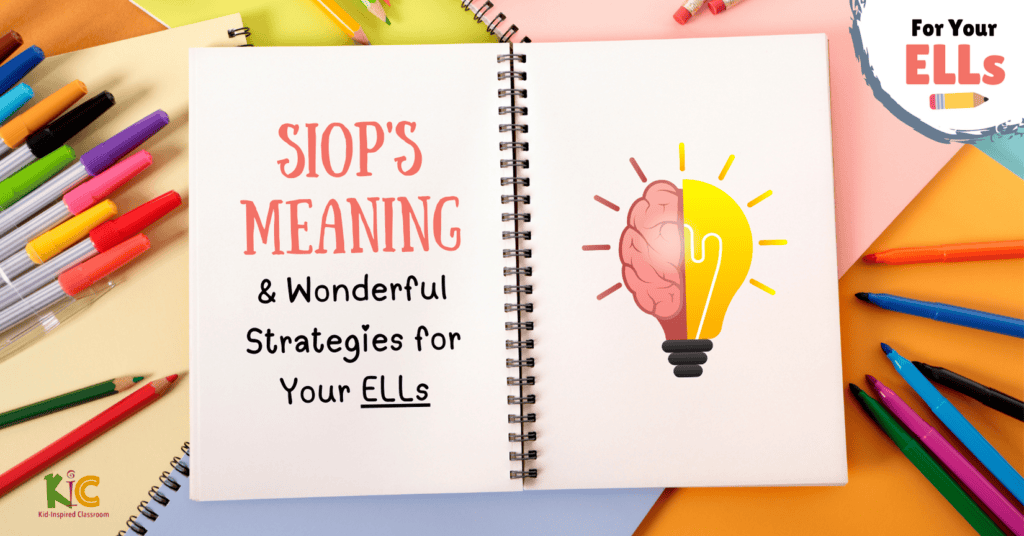
First of all…
…contrary to appearances, SIOP has nothing to do with soap.
Second of all…
SIOP stands for Sheltered Instruction Observation Protocol (SIOP).
Third of all…
The SIOP model has a special place in my heart 🥰 because this is how we designed the Kid-Inspired Classroom English language curriculum.
SIOP is basically a model for structuring effective grade-level lessons with your ELLs. It is research-based and was developed to help English learners in native-speaking environments to access the same curriculum as native English speaking students in the same grade.
The SIOP model aims to achieve BOTH of the following goals alongside each other:
- Language development AND
- Grade-level content mastery
Language Learning & Content Mastery – Wait. Isn’t That Everyone?
As mentioned, the SIOP model aims to integrate language development into content area teaching.
NOW YOU MIGHT BE THINKING…
…aren’t native-English speaking students also developing their language skills while learning the content of their different subjects?
YEP!
Unfortunately, it is easy to fall into the trap of thinking that native English-speaking students have already learned English and that they are now only learning content.
BUT…
That is mistaken.
A large part of what even native English-speaking students are doing in the classroom is language learning. When content teachers adopt language learning strategies like those in the SIOP model, all students benefit.
All teachers are language teachers.
An Overview of the SIOP Model
With that out of the way, let’s take a look at what the SIOP model is on about.
There are 8 components to the SIOP model:
- Lesson Preparation
- Building Background
- Comprehensible Input
- Strategies
- Interaction
- Practice/Application
- Lesson Delivery
- Review/Assessment
These 8 components turn into the easy-to-remember acronym: LBCSIPLR. (Just kidding 😅 )
Ooh, wait!
Larry Bought Cups So Irene Packed Larry’s Rhubarb!
Yeah? No? Alright. Fine.

The 8 Components of the SIOP Model – In Detail
1. Lesson Preparation
As with most instruction, SIOP instruction starts with good lesson preparation.
With SIOP, we’re going to pick BOTH content objectives AND language objectives.
- Content Objectives: What students should have mastered about the content of a topic by the end of a lesson. Example Objectives: I can identify different types of landforms. I can point to places on a map where different types of landforms can be found.
- Language Objectives: What vocabulary and sentence structures students should have mastered by the end of a lesson. Example Objectives: I can make 3 correct be-verb sentences using adjectives to describe landforms. (i.e. The mountain is tall.)
Here is an example of a lesson plan template you could use:

2. Building Background Knowledge
Before diving into a new topic students need to learn about, start with building some background knowledge. Even students with interrupted learning often have more background knowledge on topics than we may realize. It’s incredibly helpful to dig into that as much as possible. We also want to create as much background knowledge on a topic as possible before getting started. This gives students a base to work from.
- Linking: Connect content to anything students may have learned previously. (This does not have to mean they learned it in an academic setting.
- Key Vocabulary: Pre-teach important vocabulary before getting started with a topic using images and translation where applicable. (This leads us nicely into the next component.)
3. Comprehensible Input
I love this one! It’s almost as much of an art as it is a strategy!
There are so many ways to make words, sentences, and ideas comprehensible to our students that would otherwise go completely over their heads.
As a teacher, If you don’t already do some of these things, don’t worry! It can take some time to master. Just start with 1 or 2 strategies, practice them, and then slowly add more to your repertoire.
- Speech & Body Language: Slow down when you speak. Pronounce each word clearly (we often don’t realize how much we blur words together when we get talking!). Use hand gestures, facial expressions, and body movements to the fullest extent possible (Bonus Benefit: Your burn more calories!).
- Teaching Resources: Use charts, images, organizers, and hands-on activities to help attach meaning to the words, sentences, and ideas being taught.
4. Strategies
This one could be labeled better in my opinion (maybe “growth mindset”?). It’s basically strategies for students on learning how to learn.
The more students can come to rely on themselves to make meaning from what they’re learning, the more successful they’ll be in school. As their teachers, we come alongside of them and help them along, but should always be aiming to each in such a way that our students can eventually walk completely on their own.
Again, there are so many ways we can structure our classes to create this kind of independent learning.
- Behavioral Strategies: Students can learn to break up content into smaller chunks, annotate texts, and use strategies like spaced repetition to work their way through challenging content independently.
- Cognitive Strategies: Students can learn strategies like summarizing, predicting, and inferring while they are reading texts to keep the big picture in mind even when they may not necessarily understand every single word or sentence.
- Metacognitive Strategies: Students can learn to become more aware of what is happening in their brains and with their bodies when they are learning, reading, or writing. They can learn to pay better attention to what works for them, what helps them learn better.
5. Interaction
There are few things as important as getting students involved in our lessons. As teachers, ahem, we tend to talk too much (I mean, I don’t, of course…but maybe you’ve had that problem…What? Not being entirely honest? Me? Uh…Let’s move on! 😅).
The more our students interact with the content themselves, the better they learn it. It should be something like 80/20 or even 90/10. That’s 80% student interaction and 20% teacher-presented for those of you who thought it was the other way around!
- Whole Class: TPR (Total Physical Response) is a great strategy where you give actions to different vocabulary, concepts, or sentence structures and students get really involved in the presentation by performing the actions. I recommend avoiding asking questions to the class as a whole where single students are raising their hands to answer. There are too many students sitting around doing nothing and, contrary to what many teachers believe, they are not learning the content by simply being present when answers are provided. Much better to have all students write down an answer to a question and then turn to share with a partner.
- Small Groups: Use pairs and small groups extensively (I recommend keeping groups small, between 3-4 students at most). This can be anything as simple as Turn, Pair, Share to a more complicated list of objectives to complete together as a group.
- Wait Time: Allow extended wait time for ELs to formulate their responses.
6. Practice/Application
This component could be combined into the interaction component above, in my opinion, but I suppose there are good reasons for separating them. Students need to practice content they are learning. It is not enough to simply present content to them.
Taking it a step further, students need to apply what they are learning. This is more challenging than practicing. An important indication that new knowledge has become ingrained knowledge is the ability for students to apply what they have learned to new situations.
To do this, we need to provide students with hands-on, meaningful activities that get students both practicing as well as applying the content and language objectives in meaningful ways.
- Activity Ideas: Role-plays, projects, games, illustrating, annotating, writing, the list is endless.
7. Lesson Delivery
Lesson delivery covers the ideas of how a lesson is presented and how quickly you work through the content. We need to make sure our explanations of activities as well as steps to complete class objectives are super clear. Also, every group of students is unique. There isn’t really a one size fits all lesson plan. You will need to take stock of where your students are and how they are doing with the content and language objectives, and adjust accordingly.
- Clarity: Make sure your instructions and expectations are clear.
- Pace: Adjust the pace of the lesson based on how well the students are doing with the content.
8. Review and Assessment
If we teach something and move on without coming back to review that content, we run a high risk of students retaining very little of what they’re learning. Reviewing content signals to the brain that the information is important and helps create new and longer-lasting brain connections.
Assessments are simply one form of review from one perspective. Assessments also give us some essential data on how well our students are doing with the content. This data helps us make decisions about whether students need more time with content. This data also helps us better understand how effective were the presentation, strategies, activities used for a particular topic.
As teachers, we benefit as much from assessing students as the students themselves. That is, if we are open to reflecting honestly on our craft as teachers.
There are two types of assessments we can use:
- Formative Assessments: Ongoing checks for understanding during lessons.
- Summative Assessments: Periodic testing of both content and language objectives.
Implementing SIOP in Your Classroom
After reading through this article, you may be thinking that you do many of these things already.
Nice!
If you’ve been inspired with some new ideas, then write them down. You don’t have to do them all at once. You can start implementing them 1 or 2 at a time. As teachers, we’re always absorbing new strategies into our own unique style of teaching. No strategy ever really looks exactly the same teacher to teacher.
So…
Take a couple of ideas and start making them your own.
Give them some time to marinate in your classroom.
Then keep adjusting. Keep honing your craft. Teaching is an art that takes a lifetime to master.
We have only touched the surface of each of these components and the strategies that go along with each component.
If you’d like to get some more depth on each component, you can check out the book Making Content Comprehensible for English Learners: the SIOP Model. As far as I understand, this is the go-to text on this model.
Need a Curriculum that Adheres to the SIOP Principles?
Check out the Kid-Inspired Classroom ESL Curriculum Membership for a time-tested, teacher-loved, kid-inspired library of resources to use with your English learners.
The Kid-Inspired ESL Curriculum







